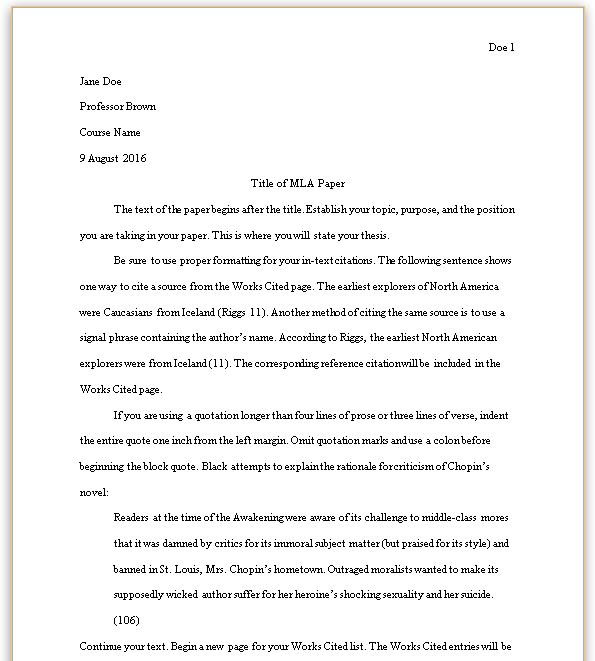1. Which of the following statements about nonmetal anions are true?
a. Nonmetals tend to form anions by gaining electrons to form a noble gas configuration
b. Nonmetals do not tend to form anions
c. Anions of nonmetals tend to be isoelectronic with a noble gas
d. Nonmetals tend to form anions by losing electrons to form a noble gas configuration
Answer: a and c
Explanation: Most monoatomic anions form when a neutral nonmetal atom gains enough electrons to completely fill its outer s and p orbitals, achieving the electron configuration of the nearest noble gas. Such anions are isoelectronic with the noble gas.
2. When covalent bonds break:
a. energy is absorbed
b. energy is released
c. mass is gained
d. mass is lost
Answer: a
Explanation: Energy must be added to break covalent bonds, making the process endothermic. The energy is used to overcome the attractive forces holding the bonded atoms together.
3. The change in enthalpy for a reaction can be given by calculating what?
a. the sum of bond energies of the reactants minus the products
b. the sum of bond dissociation energies of the products minus the reactants
c. the energy absorbed during the reaction
d. the energy released during the reaction
Answer: b
Explanation: The enthalpy change is determined by subtracting the total bond energies of the products from the total bond energies of the reactants (bonds broken – bonds formed).
4. When covalent bonds form:
a. energy is absorbed
b. energy is released
c. mass is gained
d. mass is lost
Answer: b
Explanation: Covalent bond formation brings the system to a lower energy state, releasing energy in the process. This makes bond formation exothermic.
5. When the bonds in the products are stronger than the bonds in the reactants, the reaction is:
a. Endothermic
b. Neutral
c. Exothermic
d. None of the above
Answer: c
Explanation: If the bonds in the products are stronger than those in the reactants, more energy is released during bond formation than is absorbed in bond breaking, resulting in an exothermic reaction.
6. Bond dissociation energies are always:
a. Positive
b. Negative
c. Zero
d. Depends on the molecule
Answer: a
Explanation: Breaking a bond requires energy input, so bond dissociation energies are always positive values.
7. Which of the following bonds in a molecule is the strongest?
a. N-O
b. N=O
c. N-S
d. N=S
Answer: b
Explanation: Double bonds, like N=O, are stronger than single bonds. Bond strength generally decreases as you move down a group in the periodic table, making N=O stronger than N-O or bonds involving sulfur.
8. In order to determine the strength of a covalent bond, we measure:
a. the energy required to create it
b. the energy required to break it
c. the energy required to shift it
d. none of the above
Answer: b
Explanation: The strength of a covalent bond is determined by the bond dissociation energy, which is the energy required to break the bond.
9. _____ can be used in the absence of enthalpies of formation to calculate approximate enthalpy changes.
a. Atomic weights
b. Atomic masses
c. Bond lengths
d. Bond energies
Answer: d
Explanation: Bond energies, or bond dissociation energies, can approximate enthalpy changes in a reaction when standard enthalpy of formation data is unavailable.
10. Once all of the valence electrons have been placed on a Lewis structure:
a. Add electrons to satisfy the octet rule
b. Remove electrons to satisfy the octet rule
c. Rearrange electrons to satisfy the octet rule
d. None of the above
Answer: c
Explanation: If there are atoms without a full octet, electrons can be rearranged as lone pairs or bonds to ensure all atoms meet the octet rule, when possible.
11. When drawing Lewis structures, which atom must receive lone pairs first?
a. Central atoms
b. Terminal atoms
c. Most massive atoms
d. Least electronegative atoms
Answer: b
Explanation: Lone pairs are typically placed on terminal atoms first since they are usually more electronegative and require a full octet before considering the central atom.


